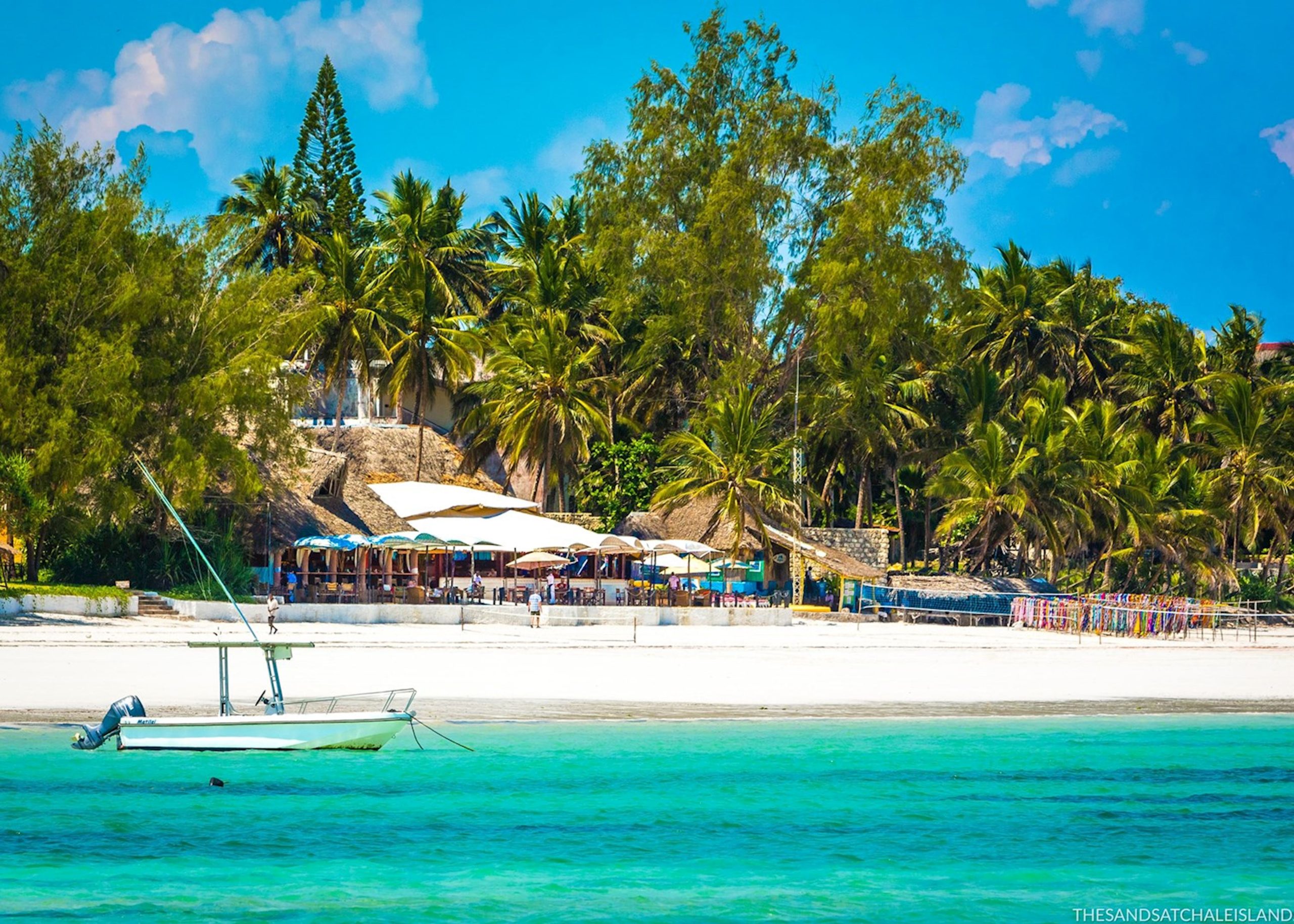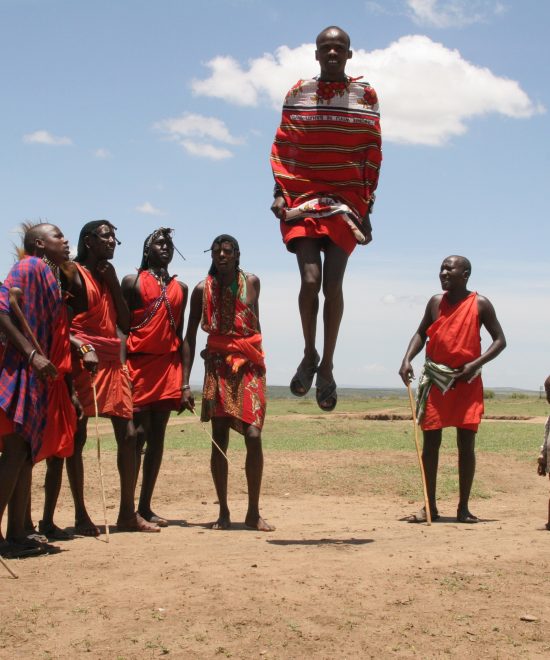Kenya Travel Guide
Your Complete Guide to Exploring Magical Kenya
Welcome to Kenya, a land of breathtaking landscapes, world-famous safaris, rich cultures, and pristine beaches. Whether you’re dreaming of spotting the Big Five, relaxing on the Indian Ocean coast, or discovering vibrant urban life in Nairobi, this Kenya Travel Guide will help you plan the perfect holiday.
Lapped by the Indian Ocean, straddling the equator, and with Mount Kenya rising above a magnificent landscape of forested hills, patchwork farms and wooded savanna, Kenya is a richly rewarding place to travel. The country’s dramatic geography has resulted in a great range of natural habitats, harbouring a huge variety of wildlife, while its history of migration and conquest has brought about a fascinating social panorama, which includes the Swahili city-states of the coast and the Maasai of the Rift Valley.
Kenya’s world-famous national parks, tribal peoples and superb beaches lend the country an exotic image with magnetic appeal. Treating it as a succession of tourist sights, however, is not the most stimulating way to experience Kenya. If you get off the beaten track, you can enter the world inhabited by most Kenyans: a ceaselessly active scene of muddy farm tracks, corrugated-iron huts, tea shops and lodging houses, crammed buses and streets wandered by goats and children.
Both on and off the tourist routes, you’ll find warmth and openness, and an abundance of superb scenery – rolling savanna dotted with Maasai herds and wild animals, high Kikuyu moorlands grazed by cattle and sheep, and dense forests full of monkeys and birdsong.






Jomo Kenyatta International Airport (NBO) – Nairobi (main international hub)
Moi International Airport (MBA) – Mombasa (coastal access)
Ukunda (Diani) and Malindi – Smaller airports for beach access
Road safaris – Scenic drives to parks and reserves
Fly-in safaris – Quick and comfortable flights to remote destinations
Trains – Nairobi to Mombasa Standard Gauge Railway (SGR) is modern and scenic
Local transport – Matatus (public vans), taxis, or private transfers for city travel
Visa: Apply online for an eTA (Electronic Travel Authorisation) before arrival
Currency: Kenyan Shilling (KES) – Credit cards accepted in most urban areas
Language: English & Swahili are official languages
Health: Yellow fever certificate may be required; anti-malarial meds advised
Safety: Kenya is generally safe for tourists – use registered tour operators and follow local advice
Light, breathable clothing (neutral colors for safari)
Warm layers for chilly mornings and evenings
Sunscreen, sunglasses & insect repellent
Binoculars & camera with zoom lens for safaris
Power adapter (UK-style plug, 240V)
Whether you’re visiting Kenya for the first time or returning for more, we offer personalized safari and beach packages to suit your style, budget, and schedule. From luxury fly-in safaris to affordable road trips, we’re here to make your Kenyan adventure seamless and unforgettable.
📩 Let’s start planning!
